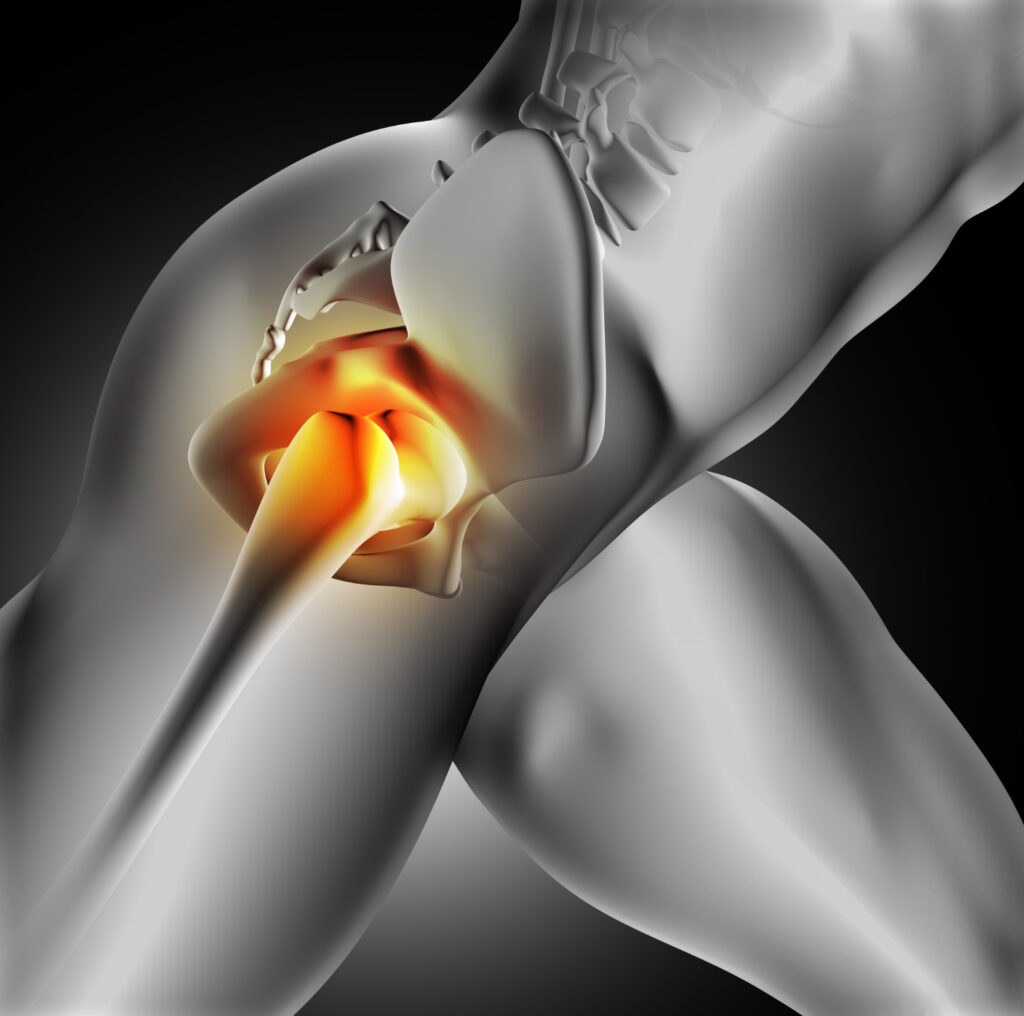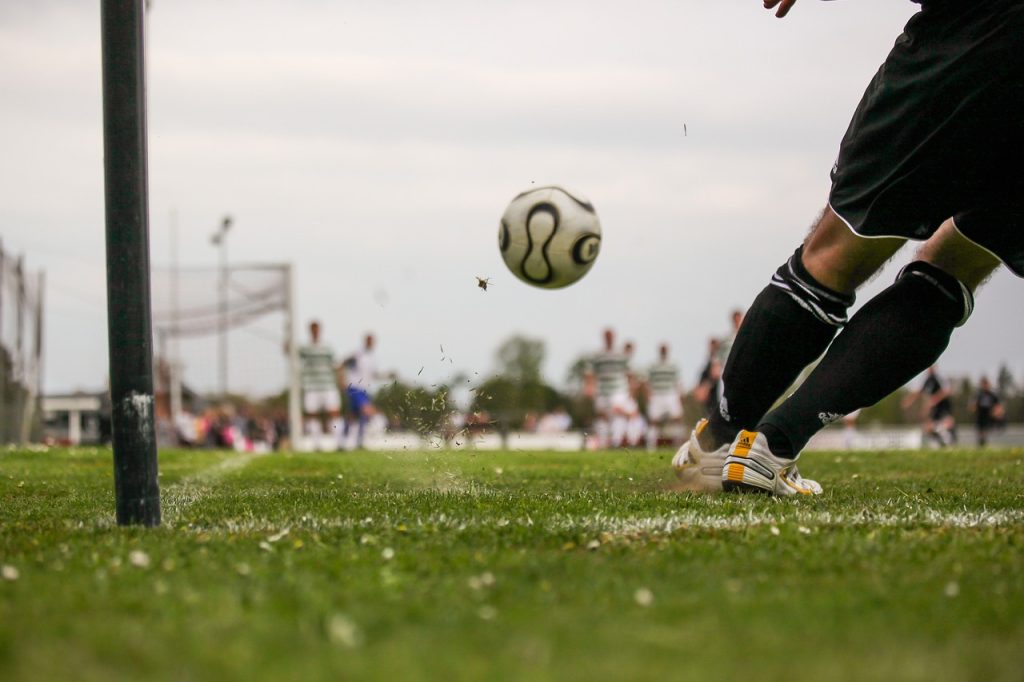FAI Syndrome

FAI Syndrome can be extremely painful.
Are you suffering from shooting hip, groin pain, or buttock pain? Definitely, it will be so troublesome for you! Maybe you suffer from FAI syndrome that halts your routine life movement or is restraining you from continuing your athletic activities. It can be present at birth or affect children, adults, and athletes of all ages.
FAI stands for femoroacetabular impingement. The other renowned name for this condition is hip impingement, as the hip joint is the culprit for causing all the discomfort. The hip joint is the ball and socket between the ball-type structure of the femur and the socket of the hip bone. Bone spurs or other abnormal bone growths on the femur rub together, causing discomfort.(1)
Our bodies are complex structures of bones, muscles, and the vascular system. There are 206 bones present in the human body. They are articulated at joints in a specific manner to allow movements in various planes. The shape of the bones matters a lot.
There are different types of FAI impingement.
Types of FAI syndrome
FAI syndrome is classified into the following three categories.
- CAM type FAI
An abnormal bone growth or spur is present in the head of the femur. Maybe excessive physical activity is the cause of this type. Thus it is more prevalent among soccer players.
- Pincer type FAI
The abnormal bone spur is present on the hollow socket of the hip bone. It is usually developed during early child development stages.
- Mixed FAI
It is the combination of both types mentioned above.
Symptoms and complications of FAI syndrome
Hip impingement can cause severe damage to the joint. An impinged hip can cause cartilage and labral tears. This may result in arthritis of the hip. Most patient suffer from continuous pain and discomfort. Other symptoms that may be reported include:
- Limping
- Hip joint stiffness
- Severe pain during physical activity and during prolonged sitting
There is much discussion over the importance of FAI in arthritis and the best course of treatment for this condition. Young to middle-aged people with FAI cam lesions are more likely to experience severe hip joint arthritis and eventually need a total hip replacement.
Treatment options
What do you think taking painkillers is enough to tackle your pain? NO, you need something else to resolve the underlying problem, not just subsiding your pain.
Surgical as well as nonsurgical treatment options, are there. Treatment for FAI varies depending on the patient and the extent of the damage. Options for FAI treatment include:
Corticosteroids: These medications lessen edema and inflammation around the hip joint. Physicians use Injections to administer this treament.
Nonsteroidal anti-inflammatory medicines (NSAIDs): This medication, which usually comes in pill form, lowers inflammation.
Rest: You can lessen friction in your hip joint by minimizing your activity.
Surgery: This is the osteoplasty procedure, which surgeons use to repair the joints by removing the bone spurs that hinder regular joint movements. The two techniques used are:
- Arthroscopic hip surgery: A surgeon fixes or eliminates diseased bone or cartilage in this minimally invasive hip surgery technique.
- Traditional hip surgery: To repair damage in more severe cases, surgeons do this with a wider incision.
Physical therapy: Specific exercises can help the joints become more mobile and robust. A physical therapist may suggest several interventions to address your pain and mobility difficulties. Exercises will probably be the primary treatment for your FAI.
The workouts could enhance hip strength, flexibility, balance, and total functional mobility.
Joint Exercises
There are several highly effective exercises for joints. These include:
- Hip flexor stretch
- Piriformis stretch
- Groin stretch
- Hip strengthening exercises
- Ball bridges
- Hip hikes
- Isometric hip raise
- Lateral band walking
- Straight leg raise
- Single leg bridges
- Core strengthening
- Pelvic tilt
- Pelvic clock
- Bridging
- Prone Straight leg raising
- Balance exercises
- Use of BAPS board
- Single leg squat
- Standing on a wobble board
- Single leg standing with a ball toss
- Functional training
- gaining proficiency in jumping and landing
- testing and training for single-leg hopping
- Continue to develop muscular coordination and balance in your pelvis, hips, and lower body.
These are all easy-to-perform exercises but remember to always consult your physician before starting any exercise. Some of the exercises listed above need proper training and technique. To gain command of them, you need assistance from an experienced physiotherapist. So, go to a competent PT instead of experimenting on your own!
POINT TO PONDER
Exclude movements that cause the knee to raise higher than the hip because they can exacerbate hip impingement. Avoid exercises requiring high weights. Stop performing deep lunges, leg presses, deadlifts, and deep squats. Return to exercise cautiously after surgery.
The most common question asked by FAI syndrome patients is: What is the prognosis of this debilitating disease? Luckily, doctors have succeeded in treating many patients completely. Furthermore, such patients can live a long healthy life without any pain after the successful treatment.
The Bottom Line
Femoroacetabular impingement syndrome is a severe condition affecting persons of any age; it even can be present at birth. Usually, the condition goes undiagnosed until the patient starts feeling the symptoms due to high physical activity. Footballers can develop this because of the high physical exercise they undergo.
Do not lose hope! The condition is entirely treatable, as proved by many successfully treated patients. Medicines, surgery, and physiotherapy are some of the effective treatment options.
Stop panicking and go for an appointment. A new shiny day is waiting for you!!!
Resources
- https://www.ncbi.nlm.nih.gov/pmc/articles/PMC6140084/
- https://www.verywellhealth.com/femoroacetabular-impingement-and-early-hip-arthritis-2549479
- https://my.clevelandclinic.org/health/diseases/21158-femoroacetabular-impingement-fai#:~:text=FAI%20is%20an%20unusually%20shaped,provides%20cushioning%20in%20the%20hip.
- https://www.verywellhealth.com/physical-therapy-exercises-for-fai-and-hip-impingement-4135968


